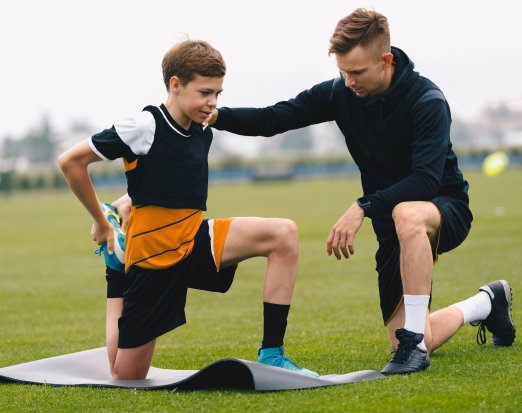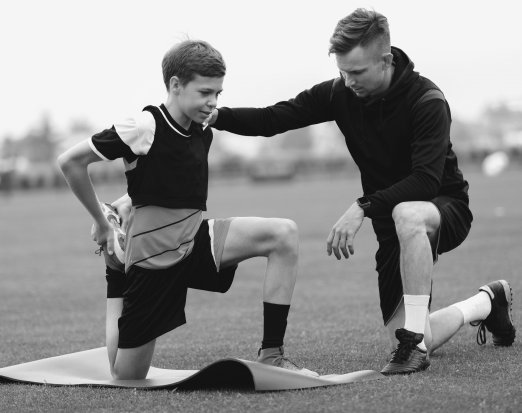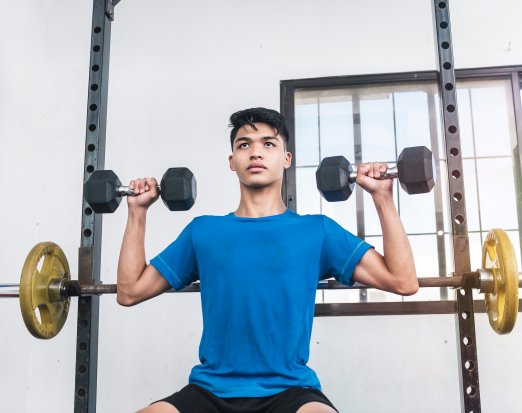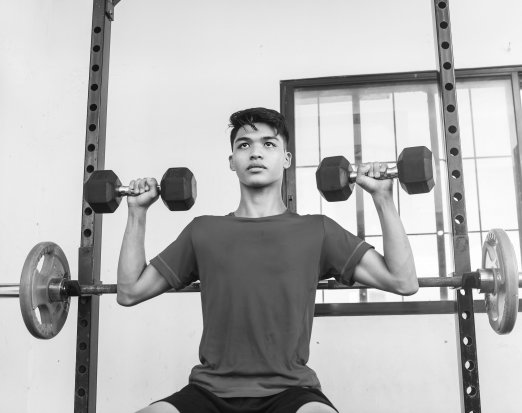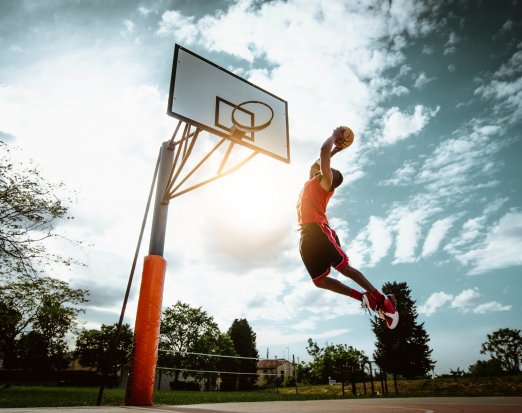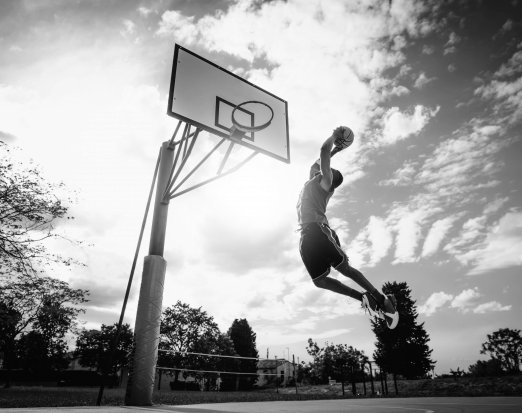Preparing our Youth for Sports
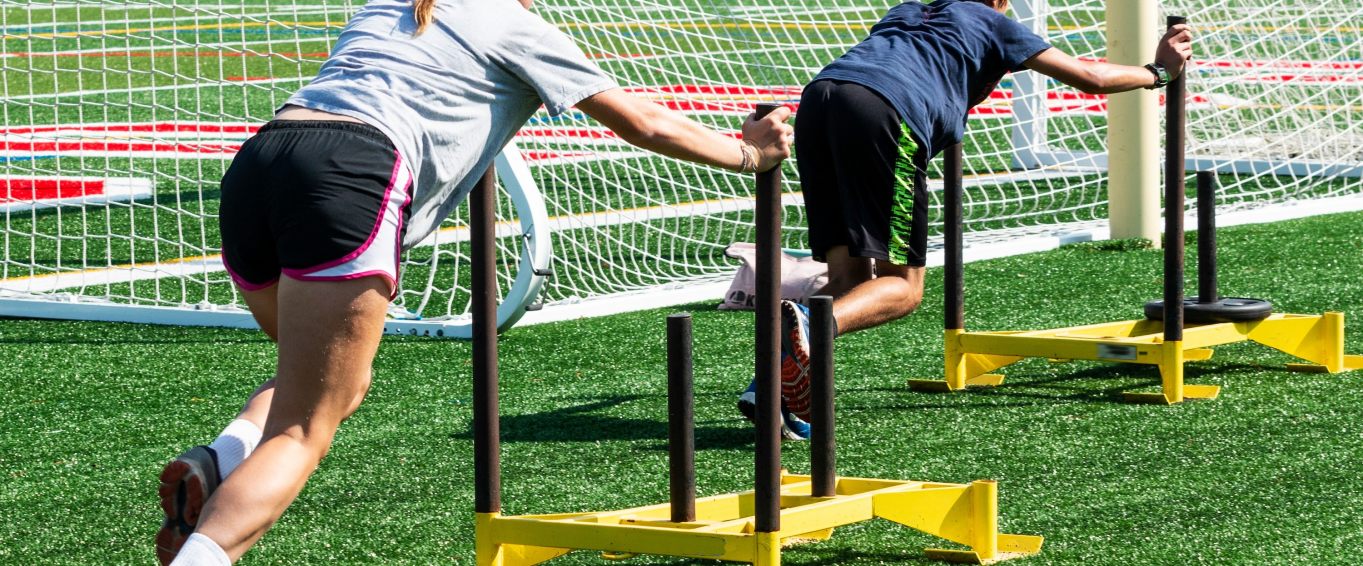
Playing sport has obvious benefits from regular practice of technical sport skills to developing communication and leadership qualities. Therefore, promoting sports and getting more youths interested in sports are clearly important messages. However, an element which is constantly missed or not discussed enough is getting youths Sport Ready.
Unfortunately, we have seen a decline in youths’ general athletic ability and strength levels (5,8,6), with some studies reporting between 7 – 26% reduction in strength performances (1). We also understand that developing strength, or more specifically improving relative strength levels can enhance motor skill performance (7), improve sprint, and jump ability (2). Furthermore, exposing youths to a range of resistance training can influence neuromuscular adaptations which may be a part of an injury reduction programme (9). Regarding injury rates in youths, we are seeing high levels of over-use injuries (3), which may be associated with early-specialisation, and/or playing one-sport throughout the year (4).
So, what is sport ready and how can it help?
Firstly, we need to understand that all training is practice, so regardless of what the youth athlete is performing, they are practicing that specific movement. This could be a squat, a press-up, a pull-up, or a vertical jump. Taking this idea, a little further, the athlete will ultimately practice their sport, with the goal of improving the sport skills in that specific environment. Therefore, we need to appreciate that the only sport-specific training the athlete can perform, and probably needs, is their sport-practice – all other training relative to the sport we class as general training (general preparation phase or getting sport ready).
By exposing the youth athlete to a wide range of general training this will develop physical capacities, (see below list) including, strength, power, mobility, and motor skills. Enhancing these physical capacities will benefit the youth athlete – neuromuscular changes, force production, joint and bone integrity. The adaptations will help the youth athlete to cope with the demands of the sport, perhaps play a vital role in reducing overuse sport-related injuries as the training is general, but also help the athlete with their confidence and general wellbeing.
Physical Capacities
- Strength
- Motor skills
- Speed
- Power
- Hypertrophy
- Mobility
- Agility
- Endurance/conditioning
How to Develop Physical Capacities
Therefore, to prepare or to be Sport Ready, youth athletes should use a wide range of training strategies to help build and develop their physical capacities. Within strength and conditioning programmes, the below training modes can be used - I think its noteworthy to mention that the training modes do not drive specific adaptations but a spectrum of adaptations, for example, a youth athlete performing a loaded lunge, will obviously improve their strength, but also their mobility and motor skills will be challenged. If the lunge is performed with a deal of intent or quickly this may lead to improvements in power, and relative to their maturation, the athlete may even notice a gain in muscle (hypertrophy).
Resistance training: Exercises that normally use an external load, barbell, dumbbells, medicine balls or kettlebells.
Plyometrics: Exercises and drills that involve rapid, dynamic movements, such as jumps, hops, and bounds.
Sprints: Shorter sprints can aid in developing acceleration
Agility: Drills that promote quick changes of direction, emphasising changes in balance, and coordination.
Conditioning: Exercises or drills that challenge the aerobic and/or the anaerobic systems.
Summary
It is essential that we promote and invite youth athletes to perform regular strength and conditioning training to enhance their physical capacities, with a special focus on strength improvements. We need to understand that their sport training is also their sport-specific practice, in a particular environment. Their strength and conditioning training can be more general, especially with youths with a low training age and experience.
By regularly performing strength and conditioning this will help youth athletes to develop their physical capacities and learn a host of skills, including balance and coordination. Over time these general physical capacities and skills will hopefully leak through to their sporting environment and aid in sport performances. By keeping their strength and conditioning general this will give the youth athletes a break away from their sport/competition, and improve their overall resilience and wellbing, which will reduce the risk of injury.
Youth Strength & Conditioning Platform for Schools, Sport Clubs, and Academies.
Our platform helps to deliver effective training and tracks athletic progress and development, with the core objectives of reducing the risk of injuries and to promote both sport readiness and performance. The platform’s features include -
- Strength and conditioning tests and dashboard to compare and contrast athlete metrics
- Athlete app - athletes can discover new exercises and train independently
- Track data - monitor athlete’s training loads, RPE, and training adherence
- Reports - simply create squad, team, and individual athlete reports
- Full curriculum - follow a strength and conditioning curriculum with a library of session plans
References
- Cohen, D.D., & Voss, C., Taylor, M.J.D., Delextrat, A., Ogunlete, A.A., & Sandercock, G.R.H. (2011). Ten-Year Secular Changes in Muscular Fitness in English Children. Acta Paediatrica, 175 – 177.
- Comfort, P., Stewart, A., Bloom, L., & Clarkson, B. (2014). Relationships Between Strength, Sprint, and Jump Performances in Well-Trained Youth Soccer Players. Journal of Strength and Conditioning Research, 28(1), 173 – 177.
- DiFiori, J.P., Benjamin, H.J., Brenner, J., Gregory, A., Jayanthi, N., Landry, G.L., & Luke, A. (2014). Overuse Injuries and Burnout in Youth Sports: A Position Statement from the American Medical Society for Sports Medicine, 24, 2 – 20.
- Fabricant, P.D., Lakomkin, N., Sugimoto, D., Teplot, F.A., Stracciolini, A., & Kocher, M. (2016). Youth Sports Specialisation and Musculoskeletal Injury: A Systematic Review of the Literature. The Physician and Sportsmedicine, 44(3), 257 – 262.
- Faigenbaum, A.D., MacDonald, J.P., & Haff, G.G (2019). Are Young Athletes Strong Enough for Sport? Dream On. American College of Sports Medicine, 1891), 6 – 8.
- Karpowicz, K, Karpowicz, M, and Strzelczyk, R. (2015). Structure of Physical Fitness Among Young Basketball Players (trends of Changes in 2006 – 2013). Journal of Strength and Conditioning Research, 29(10), 2745 – 2757.
- Pichardo, A.W., Oliver, J.L., Harrison, C.B., Maulder, P.S., Lloyd, R.S., & Kandoi, R. (2019). The Influence of Maturity Offset, Strength, and Movement Competency on Motor Skill Performance in Adolescent Males, Sports, 7, 1 – 11.
- Sandercock, G.R., & Cohen, D.D. (2019). Temporal trends in muscular fitness of English 10-year-olds 1998-2014: An allometric approach. Journal of Science and Medicine in Sport, 22(2), 201 – 205.
- Zwolski, C., Quatman-Yeates, C., Paterno, M.V. (2017). Resistance Training in Youth: Laying the Foundation for Injury Prevention and Physical Literacy. Sports Health, 9(5), 436 – 443.
